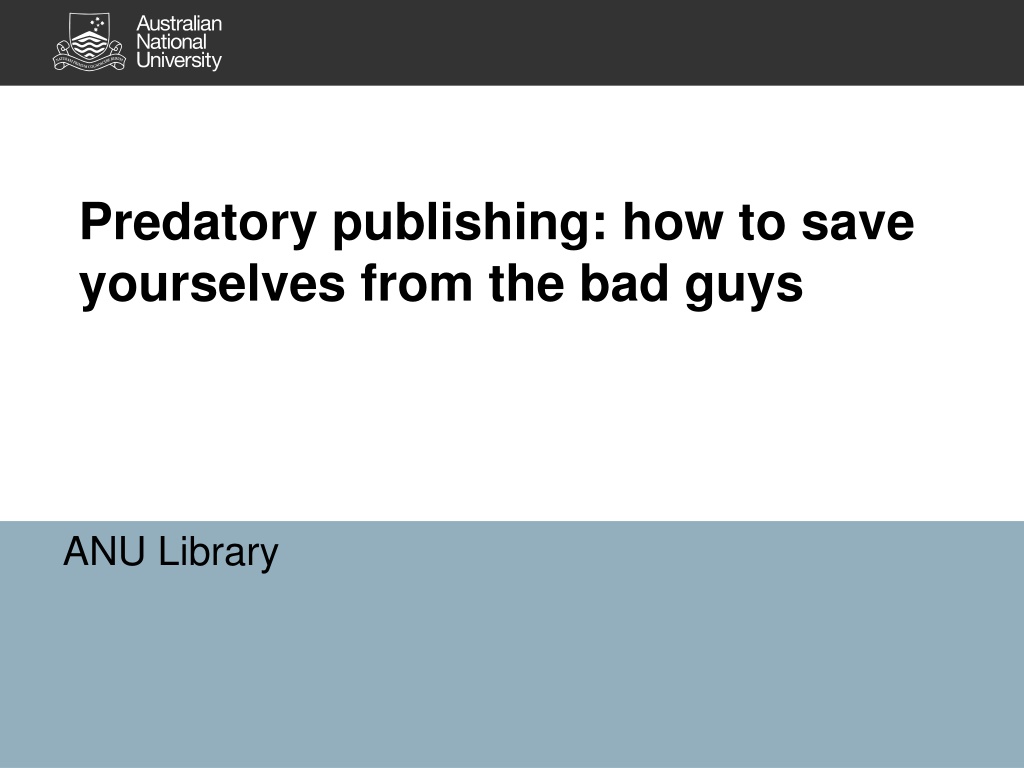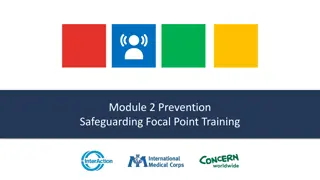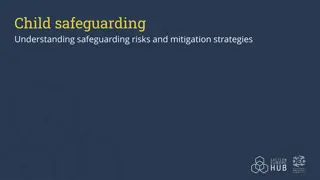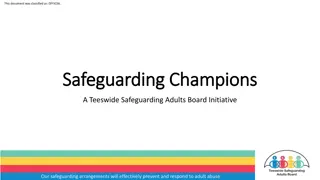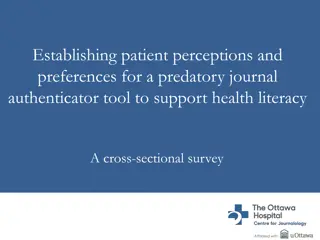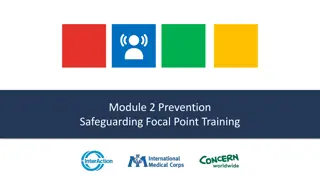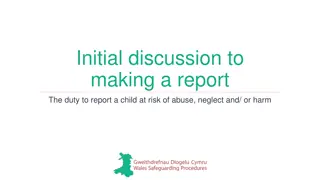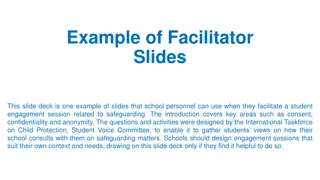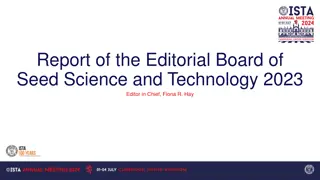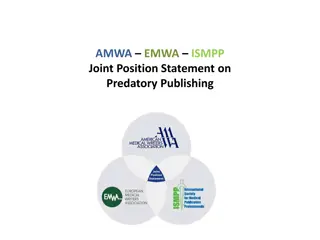Safeguarding Against Predatory Publishing Practices
Predatory publishing exploits authors through counterfeit journals, lacking transparency and integrity. Researchers must prioritize reputation, visibility, quality recognition, and peer review in academic publishing. Stay vigilant using tools like Incites and Beall's list, and adhere to ethical guidelines to combat deceptive practices.
Download Presentation

Please find below an Image/Link to download the presentation.
The content on the website is provided AS IS for your information and personal use only. It may not be sold, licensed, or shared on other websites without obtaining consent from the author. Download presentation by click this link. If you encounter any issues during the download, it is possible that the publisher has removed the file from their server.
E N D
Presentation Transcript
Predatory publishing: how to save yourselves from the bad guys ANU Library
What is predatory publishing? predatory publishers publish counterfeit journals to exploit the open-access model in which the author pays. These predatory publishers are dishonest and lack transparency. They aim to dupe researchers, especially those inexperienced in scholarly communication. Beall, J. (2012) Predatory publishers are corrupting open access , Nature, vol. 489 iss. 7415. http://www.nature.com/news/predatory-publishers-are-corrupting-open-access-1.11385 2
What should an academic or researcher expect from publishing? Contribution to your reputation Visibility to a professional community Record of research Recognition of quality work Peer review 3
News Yes really 4
3 top tips If you haven t heard of the journal or conference check tools such as Incites, Beall s list or ask your local librarian Don t believe the web site ask your colleagues and look at indicators of journal impact. Our guide Journal measures and tools can help you Don t respond to unsolicited emails choose the journals you wish to submit to. 6
Varieties of predatory publishing Phony Journals (e.g. Australasian Journal of Bone and Joint Medicine, which was published by Elsevier) Pseudo-scholarly Journals (claim peer review and impact factors) False-flag Journals (sneaky) Masqueraders Anderson, R. (2015) Deceptive Publishing: Why We Need a Blacklist, and Some Suggestions on How to Do It Right http://scholarlykitchen.sspnet.org/2015/08/17/deceptive-publishing-why-we-need-a-blacklist-and-some-suggestions-on-how-to-do-it-right/ 7
On line tools Incites 8
Criteria Beall s Criteria for Determining Predatory Open-Access Publishers Committee on Publishing Ethics: Code of Conduct for Journal Publishers Principles of Transparency and Best Practice in Scholarly Publishing Quality editorial board (note this can be circumvented by predatory publishers) 9
Not just open access publishers Springer and IEEE removed more than 120 papers after Cyril Labb of Joseph Fourier University in Grenoble, France, discovered computer-generated papers published in their journals. 10
Predatory publishers Can devalue your publishing record Can restrict you from publishing in good quality journals (because of the licence you agree to) 12
Keeping up to date Follow Australasian Open Access Support Group https://thinkchecksubmit.org/ 13
